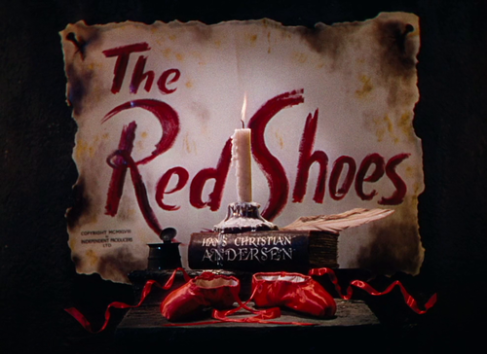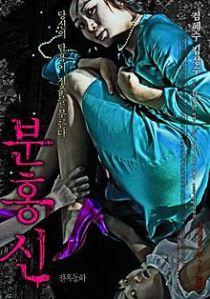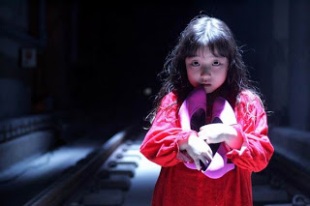The Princess and the Goblin is an interesting progression for fairy tales as the idea of a female protagonist is not only represented in this text, but the story also implores the idea that the other main characters who greatly affect this story’s development are also women. In class, we were able to spend an ample amount of time highlighting the qualities of five women who demonstrated their influence on the story. Coincidentally enough, this movie, not created though the somewhat less than imaginative mind of Walt Disney, was not very popular with audiences, such as Beauty and the Beast, which was also produced in the same year. What does this say about the power that Disney holds over popular culture regarding how an animated fairy tale should be viewed and critiqued? Walt Disney is anything but the model for feminism and as a result, the criticism regarding his chauvinistic tendencies in practically every one of his movies becomes more of a focus even decades after his death.
While I cannot argue that Mr. Disney did not find merit in the fairy tale of Princess Irene, it can be demonstrated through his inability of focusing on strong female protagonists and his display of women in his films, that he could have possibly been deterred from producing a film that was centered on women. In The Princess and the Goblin, the King is absent for majority of the book, and the only other real strong male character is Curdie, who while helps save the Princess, is only a supporting character to the illustrious Irene.
When the movie of The Princess and the Goblin came out in 1991, it was competing with the Disney classic film, Beauty and the Beast, and we all know how that turned out. Princess Irene got lost in the castle along with poor Chip in the cupboard and was hardly a thought in the realm of Belle and the Beast.
The author of The Princess and the Goblin, George MacDonald, was beginning a new focus of fairy tales, which included women in a more commanding role; however, as Jack Zipes wrote in his piece Breaking the Disney Spell, Disney has a way of “chang[ing] [fairy tales] completely to suit his tastes and beliefs” (Zipes, 347). Zipes specifically looks at how Disney portrayed the film version of Snow White, but much of what he says applies to practically every movie that deals with a Disney princess. In the Grimms’ version of Snow White there is “the sentimental death of [Snow White’s] mother”, however this just so happens to be left out of Mr. Disney’s portrayal of the film (Zipes, 347). Instead, his story centered on the romance with the Prince, who of course enters on a white horse as Snow’s very own prince charming. Snow White lies lifeless in the end of the film until this man can come rescue her. As Zipes states concisely, the “film follows the classic ‘sexist’ narrative about the framing of women’s lives through a male discourse” (Zipes, 348). “Despite [the] beauty and charm” of the princesses in Disney’s films, “these figures are pale and pathetic compared to the more active and demonic characters in the film” (Zipes 349).
Princess Irene does not fill this archetype of the domestic woman, whose motive is purely as an accessory to a man. She is strong-willed, independent, and uses her title as princess to implore power, rather than subservience. Why then was the film of her journey unfavorable? The answer to this question is certainly perplexing, and unfortunately, I am not sure I will find the answer any time soon. But I feel I am more hopeful than most in thinking that as a society we will all be able to fight back against the patriarchal goblin that Disney has created in order to demonstrate a more balanced approach to the contributions of both women and men in fairy-tales.





